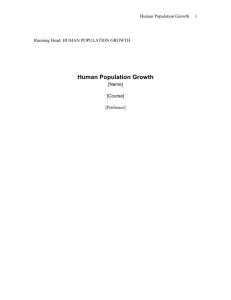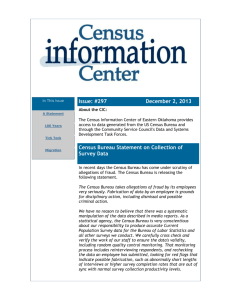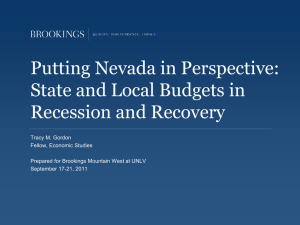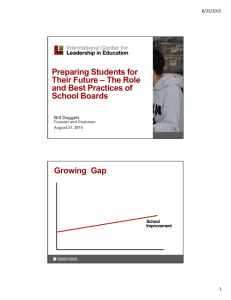lesson plan for unit 1 class 1 FREEWAY 1
advertisement
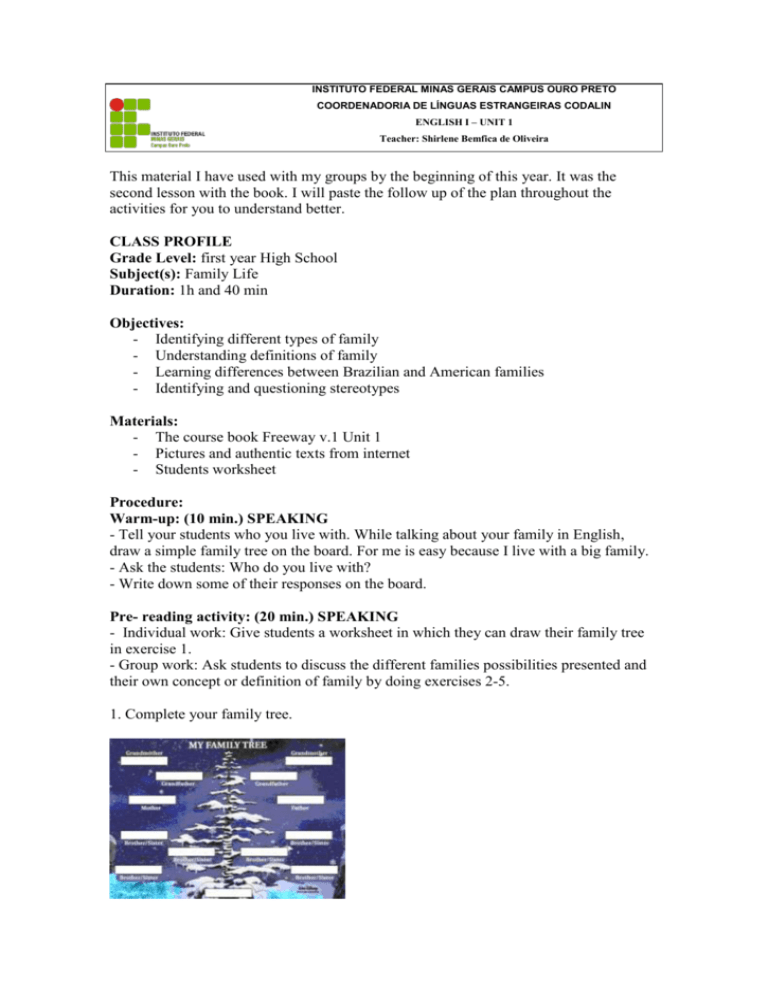
INSTITUTO FEDERAL MINAS GERAIS CAMPUS OURO PRETO COORDENADORIA DE LÍNGUAS ESTRANGEIRAS CODALIN ENGLISH I – UNIT 1 Teacher: Shirlene Bemfica de Oliveira This material I have used with my groups by the beginning of this year. It was the second lesson with the book. I will paste the follow up of the plan throughout the activities for you to understand better. CLASS PROFILE Grade Level: first year High School Subject(s): Family Life Duration: 1h and 40 min Objectives: - Identifying different types of family - Understanding definitions of family - Learning differences between Brazilian and American families - Identifying and questioning stereotypes Materials: - The course book Freeway v.1 Unit 1 - Pictures and authentic texts from internet - Students worksheet Procedure: Warm-up: (10 min.) SPEAKING - Tell your students who you live with. While talking about your family in English, draw a simple family tree on the board. For me is easy because I live with a big family. - Ask the students: Who do you live with? - Write down some of their responses on the board. Pre- reading activity: (20 min.) SPEAKING - Individual work: Give students a worksheet in which they can draw their family tree in exercise 1. - Group work: Ask students to discuss the different families possibilities presented and their own concept or definition of family by doing exercises 2-5. 1. Complete your family tree. 2. Look at the pictures below. Is there any of them that you wouldn’t consider to be a family? Why? Discuss in groups and report to the teacher and classmates. (1) (2) (3) (4) (5) (6) (7) (8) 3. Which picture or pictures represent: 1. 2. 3. 4. 5. 6. 7. traditional family unit?____________________________ a single parent family ? ___________________________ an extended family ? _____________________________ a nuclear family? ________________________________ a childless family? _______________________________ a family with parents of the same sex? _______________ an adoptive family? ______________________________ 4. Which do you believe is the best definition of family? a) A group of individuals living under one roof. b) A group of people of common ancestry. c) The basic unit in society, consisting of two parents and their biological children. d) A group of people that may not have the same ancestry, but love each other very much. e) A group of people that have the same last name. Reading Activity: (30 min.) READING COMPREHENSION Students’ course book p. 10 and 11 - At this point of the lesson, the teacher ask students to open the book and take a look at the lay out of the text and elicit information on the genre/text type and teach them some strategies to help them understand the text, for example: underline the cognates in order to get the main ideas. - First, students read quickly to identify the main ideas; - Then they read to find specific information (T/F) - Finally, they read to analyse specific information on the genre Read the text using the learned reading strategies. ACCELERATE (name of the section on the book) Brazilians in general espouse the traditional religious values held dear by the Roman Catholic Church. One of the most important of these values is the family. Perhaps more influential in Brazil than in any other Latin American country, the family has been the single most significant institution in the formation of Brazilian society. The meaning of family in Brazil is not limited to the immediate family, but instead includes the entire parentela, or extended family, from both the mother’s and father’s side. This group can consist of hundreds of people, and it supplies the foundation for the individual’s social structure. It is not unusual to see many generations living together under one roof, or at the least in the same neighborhood or city. It’s customary for children to live with their parents until they marry, even though this has been changing recently, especially in the big cities. Loyalty to one’s family is male-dominated, although today, for economic reasons, many women work outside the home, and single-parent families are common. Other traditional dominant values in the Brazilian society include community, collectivism, procreation and hierarchical society. As anthropologist Roberto DaMatta has commented, in Brazil the attitude is one of “Don’t you know who you are talking to”, while in the United States it is more along the lines of “Who do you think you are?” This depicts the difference between the egalitarian society in the United States and the hierarchical society in Brazil. Extract from: Robert T Moran; Philip R Harris; Sarah V Moran. Managing cultural differences: global leadership strategies for cross-cultural business success. Editora: Oxford: Butterworth-Heinemann, 2011, p. 329. Post activity (20 min.) SPEAKING CLASS SURVEY – Find someone who? Student’s name Living with both parents Living with mother Living with father Number of brothers and sisters One of the parents is remarried Another relative live with the family Number of adopted brothers or sisters Number of stepbrothers or stepsisters - Students choose four mates to interview and take notes. Then they organize themselves in groups of eight students, compare and analyses the results. Finally, they present them to the whole group. Conclusion/Assignment: (10 min.) - If there is no time to present the Survey results, assign to be presented by a leader of the groups in the following lesson. Ask students to visit www.raibows.org/statistics.html or give them the following text to read. Ask them to use the learned strategies to think about the American families and find out how different they are from Brazilian ones. A Generation At Risk Rainbows is here because... FACTS WE SHOULD KNOW ABOUT AMERICAN CHILDREN 1 in 2 will live in a single parent family at some point in childhood 1 in 3 is born to unmarried parents 1 in 4 lives with only one parent 1 in 8 is born to a teenage mother 1 in 25 lives with neither parent (The State of America's Children, 1998 Yearbook, Children's Defense Fund) DIVORCE STATISTICS Current Family Statistics - 2003 68.7% of American Youth are living in non-traditional families 7 out of 10 23.3% living with biological mother (Stepfamily Association) 4.4% lviing with biological father (Stepfamily Association) 1% Foster Families (U.S. Census Bureau) 3.7% living with non-relatives (U.S. Census Bureau) 6.3% living with grandparents (AARP - U.S. Census Bureau) 30% living in Stepfamilies ** (Stepfamily Association) CUSTODIAL / NON-CUSTODIAL STATISTICS Fathers without visitation or joint custody pay only 44.5% of child support owed, but fathers with visitation pay 79.1% of child support owed. Fathers with joint custody pay 90.2% of child support owed. The number of single-parent homes has skyrocketed, displacing many children in this country. Approximately 30% of U.S. families are now being headed by a single parent, and in 80% of those families, the mother is the sole parent. The United States is the world's leader in fatherless families. Father absence contributes to crime and delinquency. Violent criminals are overwhelmingly males who grew up without fathers. (U.S. Census Bureau report, "Child Support and Alimony: 1989, released Oct. 11, 1991) STEPFAMILY STATISTICS More than a quarter of today's children will live in a step-family situation. (Nicholas Zill, Child Trends, Washington, D.C.) 16% of all families with children at home live in step-families. (U.S. Census Bureau) High divorce and remarriage rates have resulted in about 20% of the children in two-parent households living with one natural parent and one step parent. (U.S. Census Bureau) Slightly more than 40% of all current marriages are second or third marriages. (U.S. Census Bureau, 1992) BEHAVIOR STATISTICS 75% of children/adolescents in chemical dependency hospitals are from single-parent families. (Center for Disease Control, Atlanta, GA) 1 out of 5 children have a learning, emotional, or behavioral problem due to the family system changing. (National Center for Health Statistics) More than one half of all youths incarcerated for criminal acts lived in one-parent families when they were children. (Children's Defense Fund) Nine million American children face risk factors that may hinder their ability to become healthy and productive adults. One in seven children deal with at least four of the risk factors, which include growing up in a single-parent household...The survey also indicated that children confronting several risk factors are more likely to experience problems with concentration, communication, and health. (1999 Kids Count Survey - Annie E. Casey Foundation) TEEN PREGNANCY STATISTICS 75% of teenage pregnancies are adolescents from single parent homes (Children in need: Investment Strategies...Committee for Economic Development) Approximately 13% of all babies born in the U.S. are born to adolescent mothers, with one million teens becoming pregnant each year. Explanations for teen pregnancy include the break-up of the American home and parental loss. (University of Kentucky, 8. Departments of Psychiatry, Ob/Gyn and Psychology) Reference: www.raibows.org/statistics.html Freeway v. 1 Veronica Teodorov (Org.) Richmond


